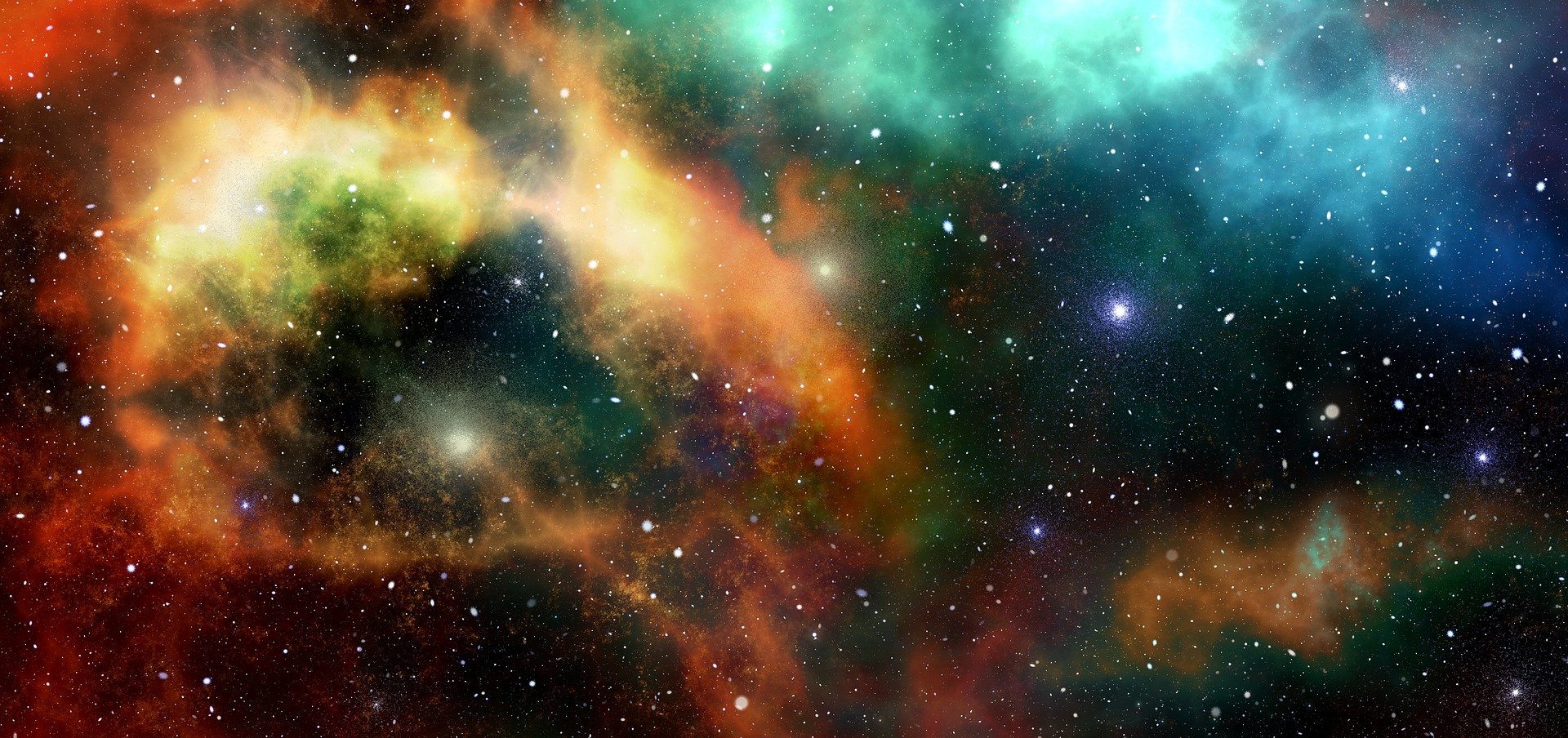First the universe was expanding, which means that it was getting less dense. Everything was rushing away from everything else because of the principle of inertia. Although we don’t know what started the expansion, but once it was started it kept going by inertia.
The second main process that took place was that the universe was cooling down. Understandably, when a gas expands, it cools. Also, matter behaves very differently at different temperatures. Thus, at the high temperatures of the early universe, the state of the matter changed repeatedly as the universe cooled.
The third process was the formation of bigger and more complicated structures over time. As inflation ended, what we had were elementary particles. Over time, quarks combined into protons and neutrons, protons and neutrons fused into nuclei, nuclei and electrons combined into atoms, and eventually atoms came together and formed stars and galaxies.
After inflation, the expansion slowed down tremendously, but in those early seconds, the expansion was still much faster than it is today. As a result, changes happened extremely quickly.
Quarks after Inflation
One of the earliest of those changes had to do with quarks, the building blocks that make up the protons and neutrons inside atomic nuclei. However, when quarks were first produced, the universe was too hot for those quarks to stick together.
At the unimaginably high temperatures shortly after inflation, the quarks were all moving so fast that they simply bounced off each other. That changed about a hundred thousandth of a second after the big bang, when the temperature dropped to about a trillion degrees celcius.
At a trillion degrees, the quarks combined into protons and neutrons, and there have been virtually no free quarks in the universe since then.
Antimatter
As the early universe expanded and cooled, the rate of expansion was slowing, so the next big changes took place on the more familiar time scales of seconds and minutes.
In fact, two important changes took place coincidentally at about the one second mark after the big bang, when the universe had cooled to about 10 billion degrees. One of those two changes has to do with antimatter.
Every type of matter particle has an antimatter counterpart with the same mass as the matter particle, but opposite charge. When a matter particle collides with its antimatter counterpart, the two can annihilate and turn all their energy into electromagnetic radiation. When quarks combined into protons and neutrons, antiquarks also combined into antiprotons and antineutrons.
So the universe after a hundred thousandth of a second contained protons, neutrons, and electrons, and also antiprotons, antineutrons, and antielectrons (aka positrons). Those matter and antimatter particles collided and mutually annihilated, and after about a second, all of the antimatter was gone. But for unknown reasons, a tiny bit more matter than antimatter was created after inflation, so after all the antimatter was gone, there was still matter left over.
That leftover matter went on to form all the stars, galaxies, and planets in the universe today.
Neutrinos
The other milestone that occurred has to do with a nearly massless type of particle called a neutrino. Neutrinos are all around us, constantly passing through our bodies. We don’t notice them because in the universe today they almost never interact with other particles, or with each other.
But the universe in the first second after the big bang was so dense that even neutrinos were constantly colliding with other particles. At one second, at a temperature of about 10 billion degrees, the density dropped low enough that the universe became transparent to neutrinos.
We say that neutrinos ‘froze out’ at that time, which is a fancy way of saying they stopped interacting with other particles.
In 2015, that cosmic neutrino background from the early universe was measured, providing direct confirmation of our story of the universe back to one second after the big bang.
Hence, at that one second mark after the big bang, the universe was full of protons, neutrons, and electrons, constantly colliding with each other. Neutrinos moved freely through space with virtually no interactions, just as they do today. And intense electromagnetic radiation suffused all of space, left over from the annihilation of all of the antimatter with almost all of the matter.
Common Questions about Inflation and the History of our Universe
Q: What were the three main processes which took place after the inflation?
After inflation, the first main process was the expansion of the universe, which means that it was getting less dense. The second main process that took place was of the universe cooling down. The third process was the formation of bigger and more complicated structures over time.
Q: What happened in the universe after a hundred thousandth of a second of the big bang?
After a hundred thousandth of a second of big bang, matter and antimatter particles collided and mutually annihilated, and after about a second, all of the antimatter was gone.
Q: Why don’t we notice the neutrinos around us?
Neutrinos are all around us, constantly passing through our bodies. We don’t notice them because in the universe today they almost never interact with other particles, or with each other.


